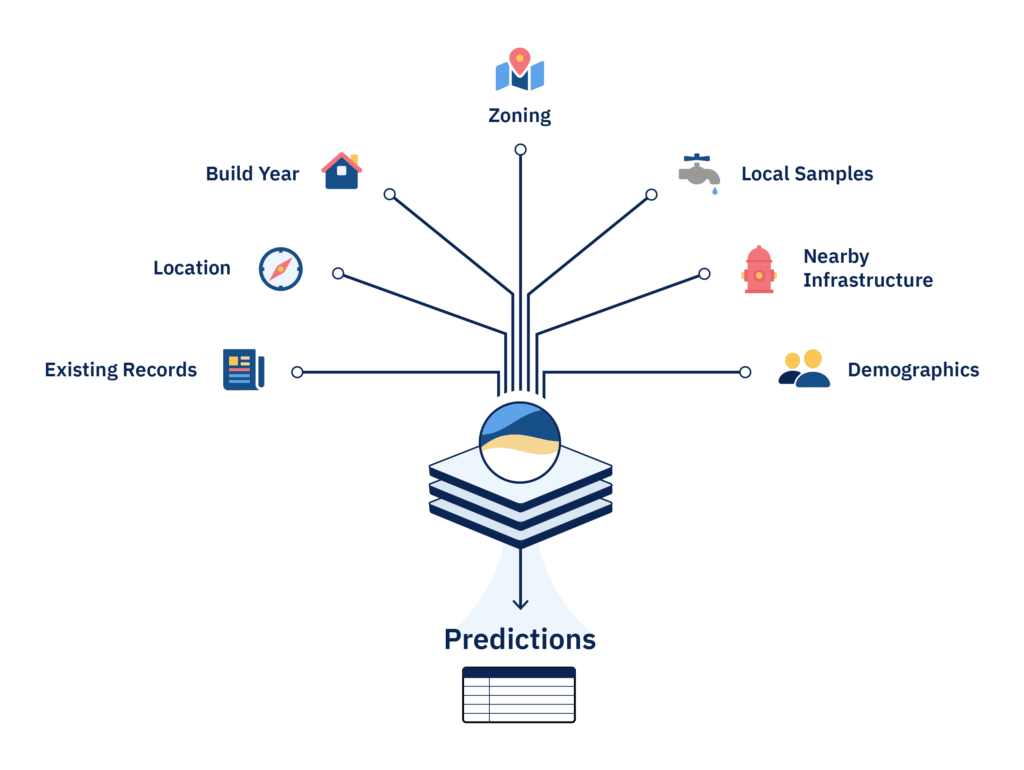Home | LSL Solutions |
Data Sources for LSLI and LSLR
BlueConduit has a fundamentally data-driven approach to lead service line inventory (LSLI) and removal (LSLR).
Our statistical models perform best when they have high-quality water system data to work with.
What Comes Next?
BlueConduit has been helping water systems identify, prioritize, and replace lead service lines since 2016. Learn more about how BlueConduit’s services work and the timeline and process for preparing your lead service line inventory.
Let us help you plan your LSLR program, inventory your LSLs, and optimize your LSLR efforts.



